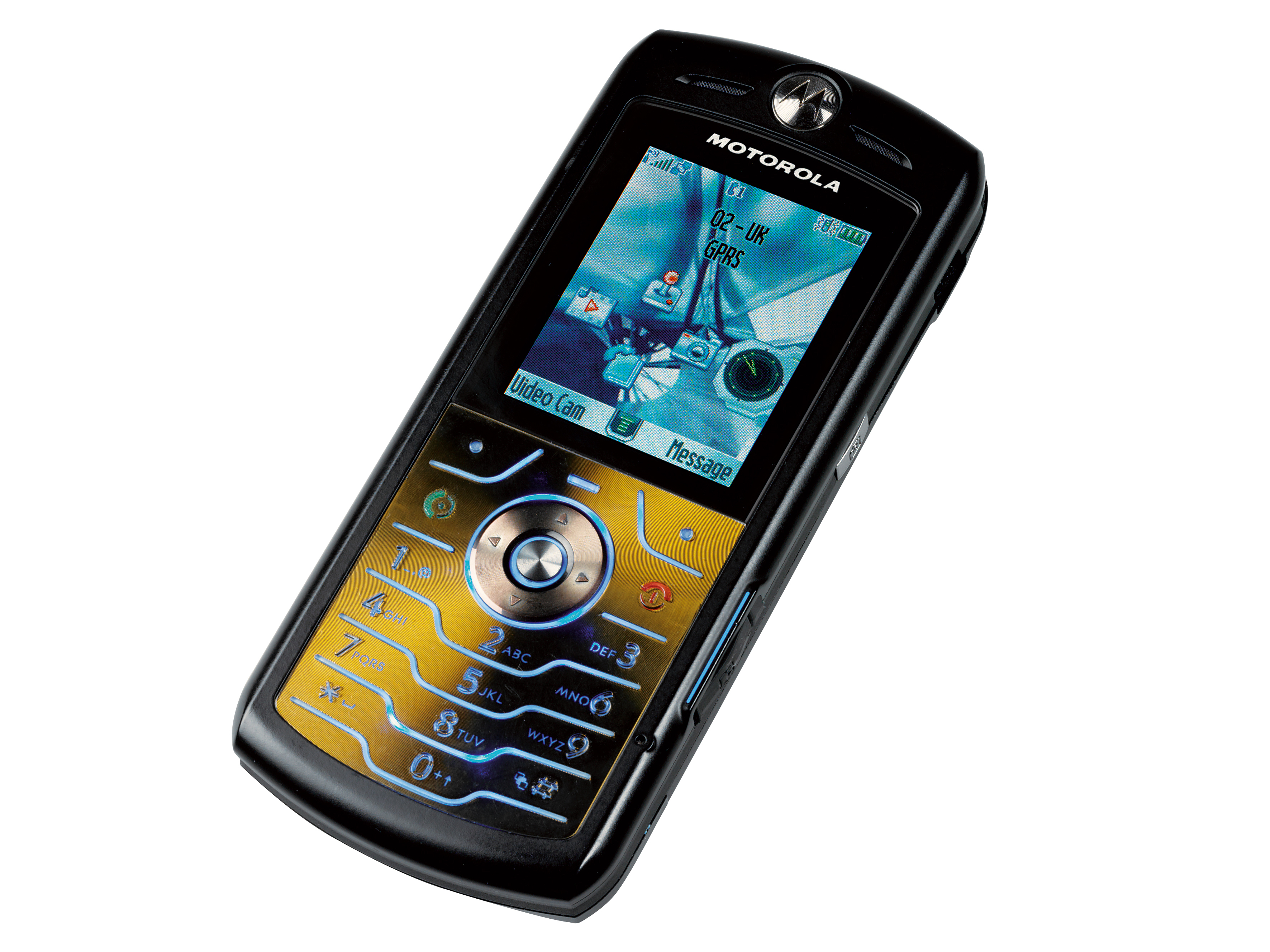TechRadar Verdict
A good-looking phone that would have broken new ground in 2004, but will fade away in 2006
Pros
- +
Super-thin design
Clear LCD display
Good call quality
Web access
Cons
- -
Poor camera resolution
No headphones socket
Limited internal memory
Why you can trust TechRadar
Much of Motorola's recent success can be attributed to a combination of good marketing and bad spelling.
Its clamshell RAZR handset started the trend, followed by the iTunes-equipped ROKR, the PEBL and now the SLVR. These phones (barring the ROKR) don't offer any revolutionary features. But like Apple's iPod nano, their skinny design gives them a desirability other phones struggle to match.
The SLVR is the latest Motorola handset to appear missing its vowels, taking the open-flip look of the RAZR and transferring it into an 11.5mm-thick 'candy bar' format. This eye-catching thinness is easily the best feature here. Weighing only 85g, it's often easy to forget that you've got it in your pocket. But look beyond the classy design and it's clear that the SLVR is hardly a revolutionary phone.
Compared to the iconic RAZR, there's little difference in terms of features. For example, there's a puny 5MB of internal memory, which effectively rules out storing an extensive MP3 collection for playback via the phone's Media Centre option. Helpfully, there's a microSD slot on the right-hand side for adding extra storage. Unhelpfully, Motorola don't supply a microSD card to get you started.
Similarly, while most new phones come equipped with a 1 or 2 megapixel camera, the SLVR makes do with yesterday's technology - a VGA lens, albeit with a 4x digital zoom, but no flash. Add to this the fact that the SLVR is a GSM/GPRS handset when (in Europe at least) 3G is the new black and any fondness you feel for the SLVR starts to evaporate.
And this is a shame. The SLVR benefits from a good colour display, integrated Bluetooth and a mini USB connection that enables you to attach it to a PC like a memory stick and charge it at the same time. Oddly, there's no headphone socket, which means that you need to invest in a Bluetooth headset or wireless headphones if you want to privately listen to stored music.
If we could wind back reality to early 2004, then we'd be saying that the SLVR was a trend-setting phone. But two years on, in a post RAZR and iPod nano world, a skeletal build isn't as important as expansive usability.
Sign up for breaking news, reviews, opinion, top tech deals, and more.
Tech.co.uk was the former name of TechRadar.com. Its staff were at the forefront of the digital publishing revolution, and spearheaded the move to bring consumer technology journalism to its natural home – online. Many of the current TechRadar staff started life a Tech.co.uk staff writer, covering everything from the emerging smartphone market to the evolving market of personal computers. Think of it as the building blocks of the TechRadar you love today.
